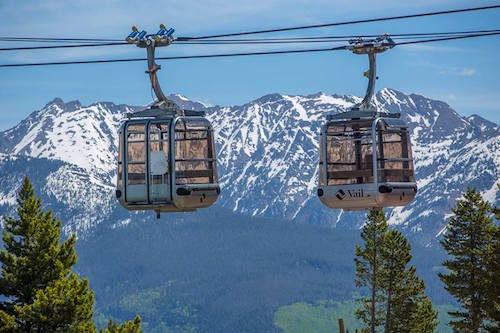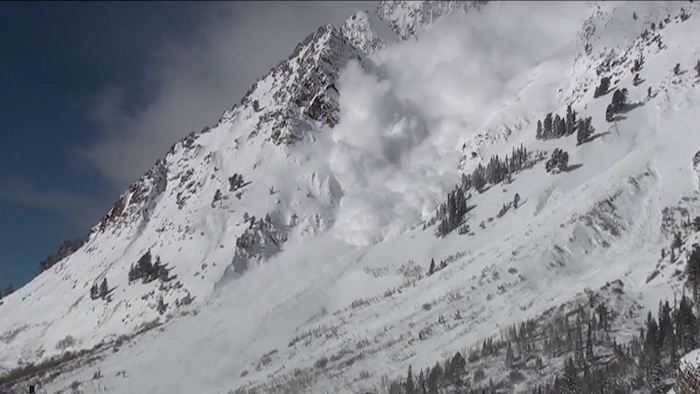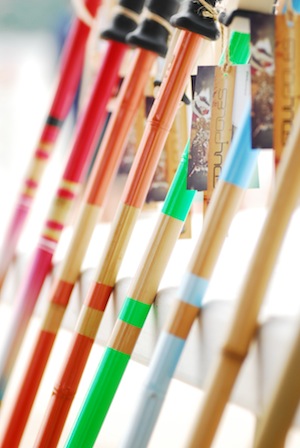(Fire recently devastated the Mid-Mountain Lodge at Whiteface. Photo provided by ORDA)
Fires at ski resorts are weird things. After all, snow and fire aren’t supposed to mix. And even if they don’t — even if a fire occurs in the off season — it’s still a strange thing to get your head around.
Be that as it may, fires in ski country shouldn’t be a surprise. After all, ski areas are built in forests where there’s plenty of fuel and very little infrastructure to put them out. And while lightning does its share to start fires, the National Park Service says that 90% of wildfires in the US are caused by people. Someone drops a cigarette, or fails to extinguish a campfire, or burns debris, and boom! You’ve got a raging inferno on your hands.
Unfortunately, climate change is making it worse.
Greenhouse gas emissions, via the greenhouse effect, are causing global temperatures to rise. A warmer climate has drier landscapes, and dry vegetation becomes fuel for fires, making them more likely to spread farther and faster. In the US, for example, from 1979 to 2015, climate change accounted for 55 percent of observed increases in land surface dryness in western forests. And since 1980, there’s been a fourfold increase in the number of large and long-duration fires in the west. Meanwhile, the length of the fire season there has increased by a whopping 2.5 months on average.
The fires in Australia
If there’s one place you can see the affect that climate change is having right now, it’s Australia. The country is in the middle of its worst drought in decades. In fact, in December its Bureau of Meteorology said last spring was the driest on record. Combine record high temperatures, extremely low humidity, and no rain, and you get a tinderbox just waiting to explode.
And explode it has. In the past month, Selwyn Snow Resort in the Snowy Mountains of New South Wales was destroyed by fire. According to ABC News, all of the resort’s buildings were burned, along with 780,000 acres. The nearby resorts of Perisher and Thredbo, which sit at a higher elevation, have so far escaped destruction, though they’ve been using their snow guns to douse dry slopes with ice cold water to prevent ignition by flying embers. “We have been preparing the resort ahead of worse fire conditions,” Perisher said in an emailed statement. “We are utilizing resort infrastructure including snowmaking to support fire authorities.”
Rain has recently brought relief to several areas of New South Wales, though some 75 fires were still burning in the state on Saturday, down from well over 100 a few days ago.
There are ways you can help at the end of this post, so stay tuned……
Vail and Whiteface
Climate change and dry conditions aren’t the only reasons there are fires at ski resorts. Consider Vail: in 1998, the resort’s Two Elk Lodge, along with several other buildings, were burned to the ground by eco-terrorists, causing $24 million in damage. The arsonists were reportedly trying to stop the ski area from expanding into what is now its popular Blue Sky Basin. Six people eventually went to prison for the fire, and one is still on the run. (You can read more about in Daniel Glick’s compelling book, Powder Burn: Arson, Money, and Mystery on Vail Mountain.)
Development ended up going forward, and the lodge has since been rebuilt.
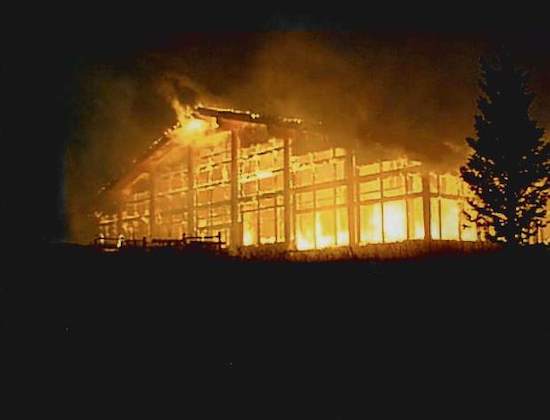
Vail’s Two Elk Lodge engulfed in flames. AP photo.
Whiteface Mountain, home of two Winter Olympics in New York State, recently lost a lodge to fire, too. This past December, the Mid-Mountain Lodge burned to the ground, although the cause has not yet been determined.
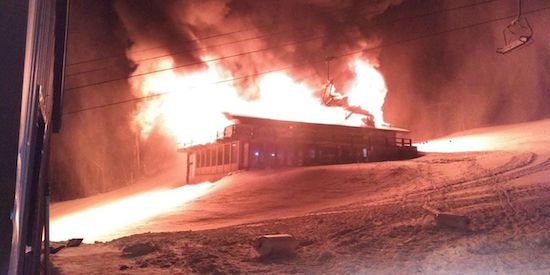
Firefighters used snowmaking equipment to keep the fire from spreading to the chair lifts and other surrounding areas. Whiteface has announced plans to construct a new, 10,000 square foot, $14 million lodge. Although several of the new lodge’s amenities will be ready during next ski season, a second phase of construction will be completed by October, 2021.
Here’s an artist’s rendering of the new lodge:
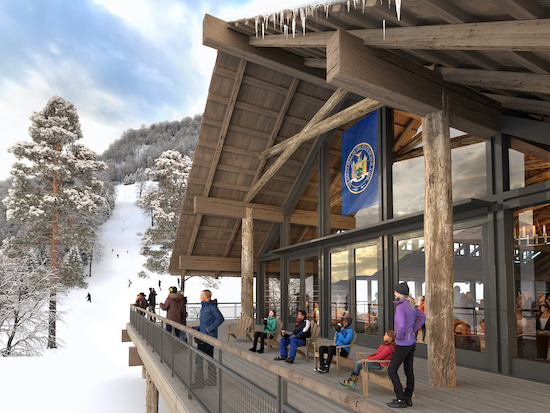
So what can we do?
Whatever the cause, fires happen. As skiers, do we just throw up our hands, get rid of our gear, and take up surfing?
NEVER, I shout as I shake my fist at the sky. (No disrespect to surfing, which does look like a lot fun.)
First, we have to make sure we don’t do anything to inadvertently start a fire. Which means completely extinguishing cigarettes before disposal, following local ordinances when burning yard waste, avoiding backyard burning in windy conditions, and keeping a shovel, water, and fire retardant nearby to keep fires in check. Also, don’t light fireworks when conditions are dry or during windy nights. Don’t start campfires during a windy day or in proximity to vegetation. And if you do have a campfire, make sure it’s completely extinguished before moving on.
Second, we have to do what we can to reduce our carbon footprint. How do we do this? By turning off lights. Recycling more and consuming less. Buying things from suppliers that use green manufacturing methods and materials. Thinking twice about driving to the corner for that latte, and walking or biking instead. Combining trips. In short, doing everything we can to minimize the greenhouse gases that are turning up the earth’s thermostat.
But perhaps the most important thing you can do is to let your legislators know that you support efforts to curb greenhouse gases. Because that will have a tremendous impact on what’s happening now and in the future.
A great way to start is by becoming better informed. Here are some websites you might want to check out:
Protect Our Winters is working to unite and actively engage the global snow sports community in the fight against climate change.
Union of Concerned Scientists: offers quality resource sections on global warming and ozone depletion. It includes briefings, updates, FAQs, recommendations, fact sheets, analysis, links, guides, statements and ideas on what you can do.
Climate Solutions offers practical solutions to global warming. Climate Solutions is an Earth Island Institute project. Their mission is to stop global warming at the earliest point possible by helping the Northwestern area of the United States become a world leader in practical and profitable solutions.
Climate Ark is dedicated to promoting public policy that addresses Global Climate Change through reductions in carbon and other emissions, energy conservation, alternative energy sources and ending deforestation.
The World Resources Institute is working to move human society to live in ways that protect Earth’s environment and its capacity to provide for the needs and aspirations of current and future generations.
Want to help those in Australia?
There are a few ways you can help.
Aspen Skiing Co has started an Australia Wildfire Relief Fund to support the Australian Red Cross. Aspen has pledged to match the first $12,500 in donations, and the fundraiser runs until Jan 26th.
The Ikon Pass, who partners with Australia’s Thredbo and Mt Buller, is supporting New South Wales Rural Fire Service and the Victoria Bushfire Appeal, and is encouraging its community to make a donation.
The Australian Red Cross is accepting donations to its Disaster Relief and Recovery Fund, which has helped to send 1,285 staff members and volunteers to communities affected by the fires and to provide support to displaced people sheltering in more than 69 evacuation and recovery centers. The Red Cross also provides emergency grants to help people cover their immediate needs.
The Salvation Army advises donors to send money instead of goods because of the logistical difficulties of storing and distributing goods in areas affected by disasters. Donations are funneled to various forms of assistance, including mental health support and housing.

